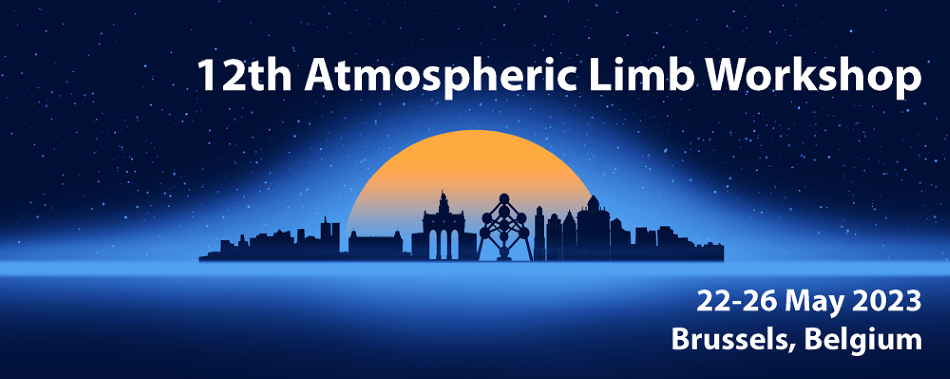Speaker
Description
The Stratospheric Aerosol and Gas Experiment III (SAGE III) is an externally affixed payload on the International Space Station (ISS; SAGE III/ISS). SAGE III/ISS retrieves highly resolved vertical profiles of gaseous atmospheric constituent number density including ozone, water vapor, and nitrogen dioxide, as well as aerosol extinction coefficient at nine wavelengths in the visible to near-IR spectrum. Retrievals can be performed using the primary solar occultation mode as well as lunar occultation and limb scattering modes. The SAGE III/ISS retrieval algorithm utilizes the combination of a high signal-to-noise ratio granted by native retrieval of solar transmission during solar occultation and accurate pointing knowledge from using the Sun as a celestial reference to calibrate in-atmosphere observations against the sampled exoatmospheric reference. However, ISS presents additional challenges as a dynamic platform that performs frequent attitude maneuvers, has visiting vehicles, changes configurations, and produces a unique vibration environment which is unusual relative to typical three-axis stabilized satellite platforms frequently employed by remote sensing measurements. These disturbance events can add small but noticeable amounts of error ranging from small alignment errors in the attachment stack mounting the payload to ISS to variations in bending modes experienced by ISS given SAGE III/ISS’s location at S3 on the starboard truss. These pointing errors introduce additional uncertainty by muddling geolocation and altitude attribution as well as during the association of in-atmosphere packets against matched exoatmospheric samples on the solar disk. The 5.3 release of the SAGE III/ISS data product utilizes the Disturbance Monitoring Package (DMP) subsystem to monitor changes to payload attitude at the SAGE III/ISS mounting location not reported in the ISS attitude product. For this release the DMP pointing corrections have been applied to the solar occultation product. The DMP is a Miniature Inertial Measurement Unit (MIMU) developed by Honeywell Aerospace consisting of three orthogonally block-mounted Ring Laser Gyros (RLGs). The DMP measures rotations in three orthogonal directions in inertial space in contrast to the effective yaw and pitch provided by the SAGE III/ISS scanhead’s azimuth and elevation controls. Rotation, or disturbance, are reported at 200 Hz and resolved to 1 µrad. Incorporation of DMP data has drastically improved pointing knowledge in the retrieval error and allowed for the identification and correction of mechanical disturbances that may occur during events. Improvements have been observed in vertical profiles of atmospheric transmission in both undisturbed (quiescent) events and high-disturbance environments. Up to 10% of solar occultation events were noted to have experienced high levels of disturbance, and a median reduction of up to 30% in just the AO3 ozone number density product uncertainty was observed for all events processed using the DMP correction. This presentation will highlight the improvements observed for all retrieved SAGE III/ISS data products. Applicability to platforms beyond environments such as ISS as well as relative pointing techniques such as limb scattering will also be discussed.

